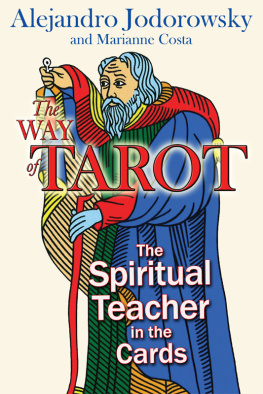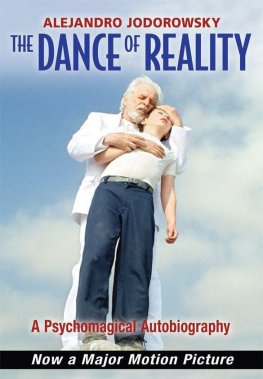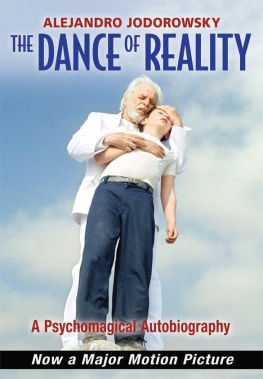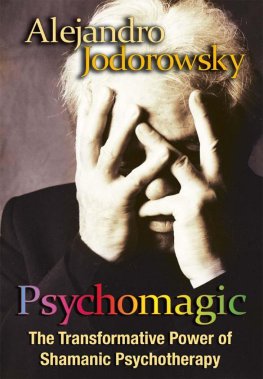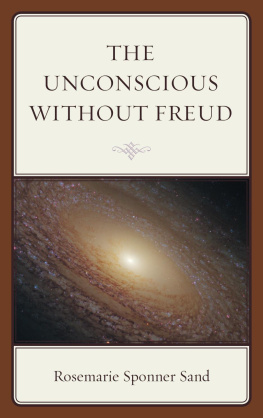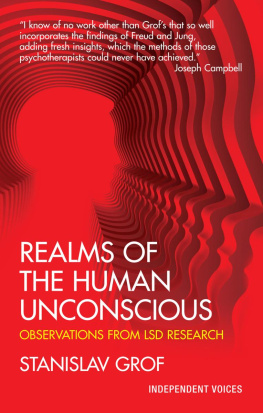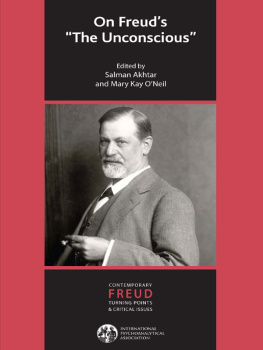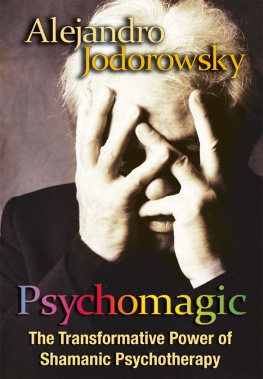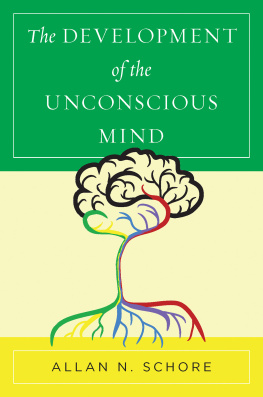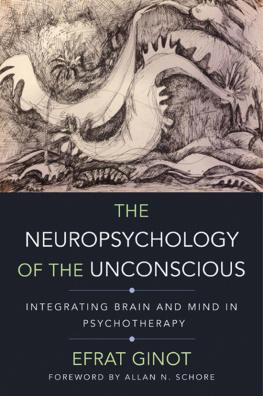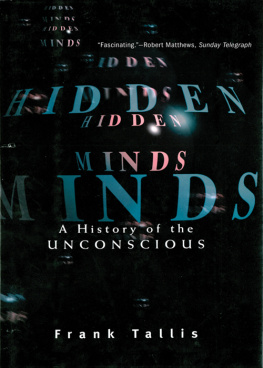Alejandro Jodorowsky - Manual of Psychomagic: The Practice of Shamanic Psychotherapy
Here you can read online Alejandro Jodorowsky - Manual of Psychomagic: The Practice of Shamanic Psychotherapy full text of the book (entire story) in english for free. Download pdf and epub, get meaning, cover and reviews about this ebook. year: 2015, publisher: Inner Traditions, genre: Children. Description of the work, (preface) as well as reviews are available. Best literature library LitArk.com created for fans of good reading and offers a wide selection of genres:
Romance novel
Science fiction
Adventure
Detective
Science
History
Home and family
Prose
Art
Politics
Computer
Non-fiction
Religion
Business
Children
Humor
Choose a favorite category and find really read worthwhile books. Enjoy immersion in the world of imagination, feel the emotions of the characters or learn something new for yourself, make an fascinating discovery.

- Book:Manual of Psychomagic: The Practice of Shamanic Psychotherapy
- Author:
- Publisher:Inner Traditions
- Genre:
- Year:2015
- Rating:4 / 5
- Favourites:Add to favourites
- Your mark:
Manual of Psychomagic: The Practice of Shamanic Psychotherapy: summary, description and annotation
We offer to read an annotation, description, summary or preface (depends on what the author of the book "Manual of Psychomagic: The Practice of Shamanic Psychotherapy" wrote himself). If you haven't found the necessary information about the book — write in the comments, we will try to find it.
Provides several hundred successful psychomagic solutions for a wide range of specific psychological, sexual, emotional, and physical problems, from stuttering, eczema, and fears to repressed rage and hereditary illnesses
Details how practitioners can develop unique psychomagic solutions for their patients
Explains how psychomagic bypasses the rational mind to work directly with the unconscious for quicker and more enduring change
Traditional psychotherapy seeks to unburden the unconscious mind purely through talk and discussion. Psychomagic recognizes that it is difficult to reach the unconscious with rational thought. We should instead speak directly to the unconscious in its own language, that of dreams, poetry, and symbolic acts. By interacting on this deeper level, we can initiate quicker and more enduring change to resolve repressed childhood trauma, express buried emotions, and overcome deep-seated intimacy issues. Through the lens of psychomagic, illness can be seen as the physical dream of the unconscious, revealing unresolved issues, some passed from generation to generation.
In this workbook of psychomagical spells, legendary filmmaker and creator of psychomagic Alejandro Jodorowsky provides several hundred successful psychomagic solutions for a wide range of psychological, sexual, emotional, and physical problems from stuttering, eczema, and fear of failure to repressed rage, hereditary illnesses, and domineering parents. Each solution takes the same elements associated with a negative emotional charge and recasts them into a series of theatrical symbolic actions that enable one to pay the psychological debts hindering their lives. Explaining the shamanic techniques at the foundation of psychomagic, the author offers methods for aspiring practitioners to develop solutions for their own unique patients.
Jodorowsky explains how the surreal acts of psychomagic are intended to break apart the dysfunctional persona with whom the patient identifies in order to connect with a deeper, more authentic self. As he says in the book, Health only finds itself in the authentic. There is no beauty without authenticity.
Alejandro Jodorowsky: author's other books
Who wrote Manual of Psychomagic: The Practice of Shamanic Psychotherapy? Find out the surname, the name of the author of the book and a list of all author's works by series.

